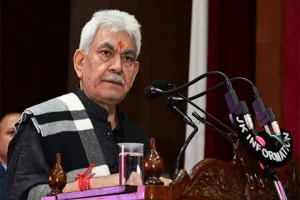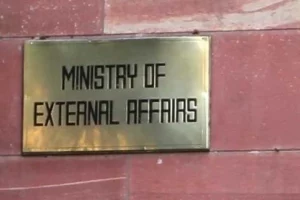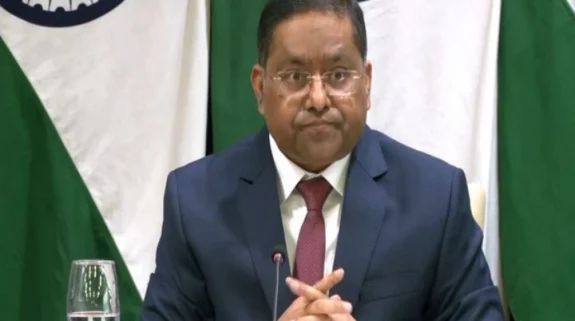The US administration has amended the H-1B visa norms to give priority to higher wages and skills for the selection of deserving candidates. The old lottery system of work visa selection has been scrapped.
<strong>What are H-1B work visas?</strong>
These are temporary work visas for foreigners seeking employment in the US in areas related to computer science, technology, engineering and mathematics (STEM) where American workers were not available in sufficient numbers. This is the visa that is used mainly by Indian IT professionals.
The H-1B work visa system came in for criticism on the ground that it allowed low-cost workers to enter the US and displace domestic workers who were getting higher salaries. The rues were, therefore, amended to plug this loophole.
<strong>What is the new wage-based H-1B work visa regime?</strong>
The new wage-based work visa regime gives priority in the selection of visas to applications of those employers where the proffered wage equals or exceeds the prevailing level in that area of employment.
This rule will apply to the 65,000 regular visas and the 20,000 visas reserved for applicants with an advanced education degree.
It will also take into account the skill set that the respective worker brings to the country. This will be cross-checked to see whether such a skill set is available at the same cost among the US workers.
According to the US Citizenship and Immigration Services (USCIS), since it is not possible to individually judge the skill set of all the applicants to the H-1B work visa regime, salaries are the best indicators of skills as employers would pay higher wages only to the most deserving candidates. The USCIS is of the view that this would also not undercut the jobs that can be done by US workers. The step has been taken amid complaints that workers from countries like India and China were displacing US workers as they were willing to take lower wages.
<strong>What was the older lottery system for US H-1B?</strong>
The US administration issues 85,000 H-1B work permits every year– Of these, 65,000 are for people with speciality occupations, while the rest are reserved for foreign workers who have earned a Master’s or a higher university degree in the US.
This lottery system was completely randomised and did not take into account any requirements such as wages, skills or needs of the employer.
Every employer who seeks to employ a worker on H-1B visa must fill out a registration form on behalf of the employee. The form has all the details of the employee, such as the nature of work they will undertake in the US, the wage being offered to them and the level of education of these workers..




















